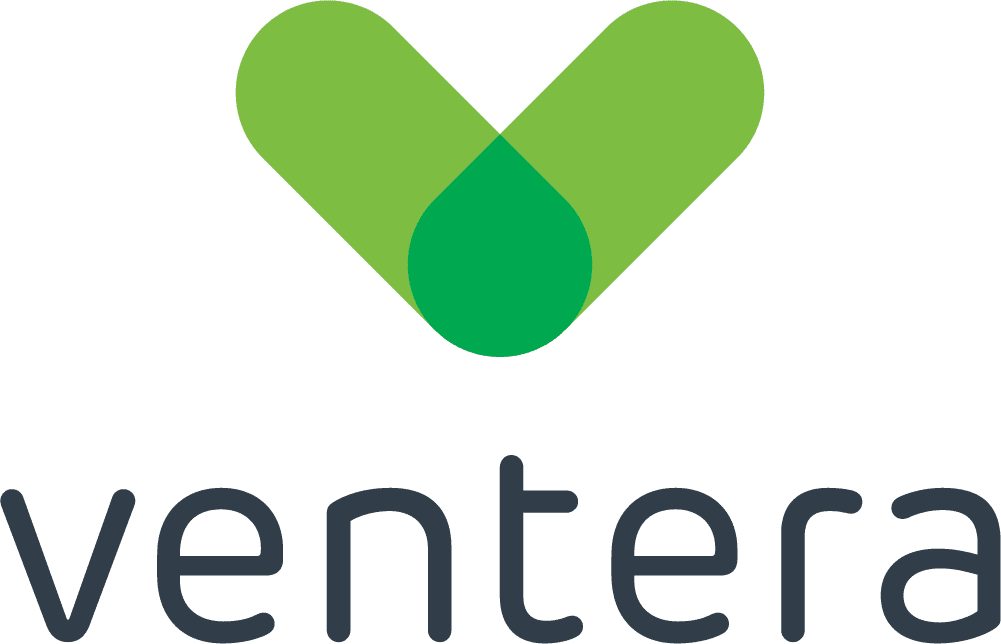What is Operations Research?
Making decisions is easy, making good ones is hard. Arriving at the best decision with limited data and lots of uncertainty is even harder. Operations Research (OR) provides a framework for making better decisions when data is incomplete and uncertainty is high. Since we all face these challenges, all decision-makers should consider themselves as operations researchers, including designers, business analysts, developers, testers, product owners, scrum masters, SMEs and General Managers.
Sometimes confused with ResearchOps, OR is quite different. ResearchOps refers to the tools, roles and processes used to support researchers in the delivery of their craft. OR refers to the process of applying advanced analytical methods to improve decision-making.
The Goals of OR are:
- Better decision-making
- Improve how real-world systems operate by analyzing real-world data
- Solve complex problems strategically
One of the things that makes OR such a valuable tool is that it can optimize decision-making under constraints with limited available data and many unknown variables. It’s an iterative process that incrementally provides greater certainty around which variables drive outcomes. OR prepares us for the probable, the possible and the potential.
5-Step Iterative OR Process
- Identify the context and define the problem. Here the problem is defined as well as the environmental conditions, constraints and goals.
- Define primary test criteria and alternatives. This is the ideation phase, when hypotheses are made and ideas are formulated around which variables will have the most impact. Alternative variables that may also influence outcomes are also considered.
- Construct and perform experimental tests. This could be linear programming, constraint programming to tree testing. These tests are key to understanding how primary and alternate variables impact results.
- Analyze results and optimize decision paths. Look at primary variables and alternate variables.
- Implement results and measure change.
- Repeat.
This approach enables you to individually test variables to see which ones have the most impact on the model. The key here is to keep an open mind about which factors are the most important. By repeating the process and learning from each repetition, primary variables will emerge. Many times they are not the ones that you suspect.
For example, operations researchers have discovered that four-day work weeks improve productivity. This is counterintuitive as one might assume that more hours worked equals greater productivity. However, to move past intuition and understand the data in a real-world context, one needs to consider the impact of complex factors such as performance, autonomy, and work-life balance. By testing alternative variables or scenarios, these types of realities can be uncovered.
“When we are Agile, we might not have all of the variables, but we can iterate on the approach. Ideally, everyone should be responsible for research throughout the development lifecycle. Communication is what’s most important.” – Suraj Paul, Ventera Quality Control
Constraints are your friend
Constraints drive innovation and creativity. In most problem-solving exercises there are constraints, and without them, there would be no need to optimize. Constraints provide boundaries to help us form a framework that is key to zeroing in on root problems and bottlenecks. Constraints also limit the infinite number of new solutions that a problem solver can try. With greater focus, operations researchers can try solutions that they may not have considered.
Constraints also help to identify larger problems earlier. Without limits, you would not know how inefficient your operation is. A common example is how the ‘canary in the coal mine’ leads with tighter constraints to expose critical issues. Canaries are much more sensitive to toxins and low oxygen levels, essentially tighter constraints or lower tolerance levels. Consequently, they were used to monitor air quality for coal miners and alert miners if a larger air quality problem was brewing.
Importance of an OR culture
The iterative nature of operations research makes the changes that it produces slow. While each incremental improvement may initially only have a small effect on KPIs, the entirety of an OR culture throughout an organization can drive monumental changes over time. Having well-honed skills, methods, ideas, and culture around OR will lead to small improvements every day that will put firms ahead of their competition.
How to activate an OR mindset
Beyond understanding the mechanics of OR, there are some mindsets that you can embrace to ensure that you will be successful in implementing OR throughout your team or organization.
Learn from others – Solving complex and challenging problems requires expertise and methods that cross disciplines. Acquiring knowledge outside of your discipline will provide a better perspective.
Don’t be afraid of unknown variables – Solve for the parameters that you can and remain open and flexible as you figure out the unknowns.
Embrace constraints – Being forced to find alternative solutions within certain parameters drives innovation and often leads to the optimal path.



